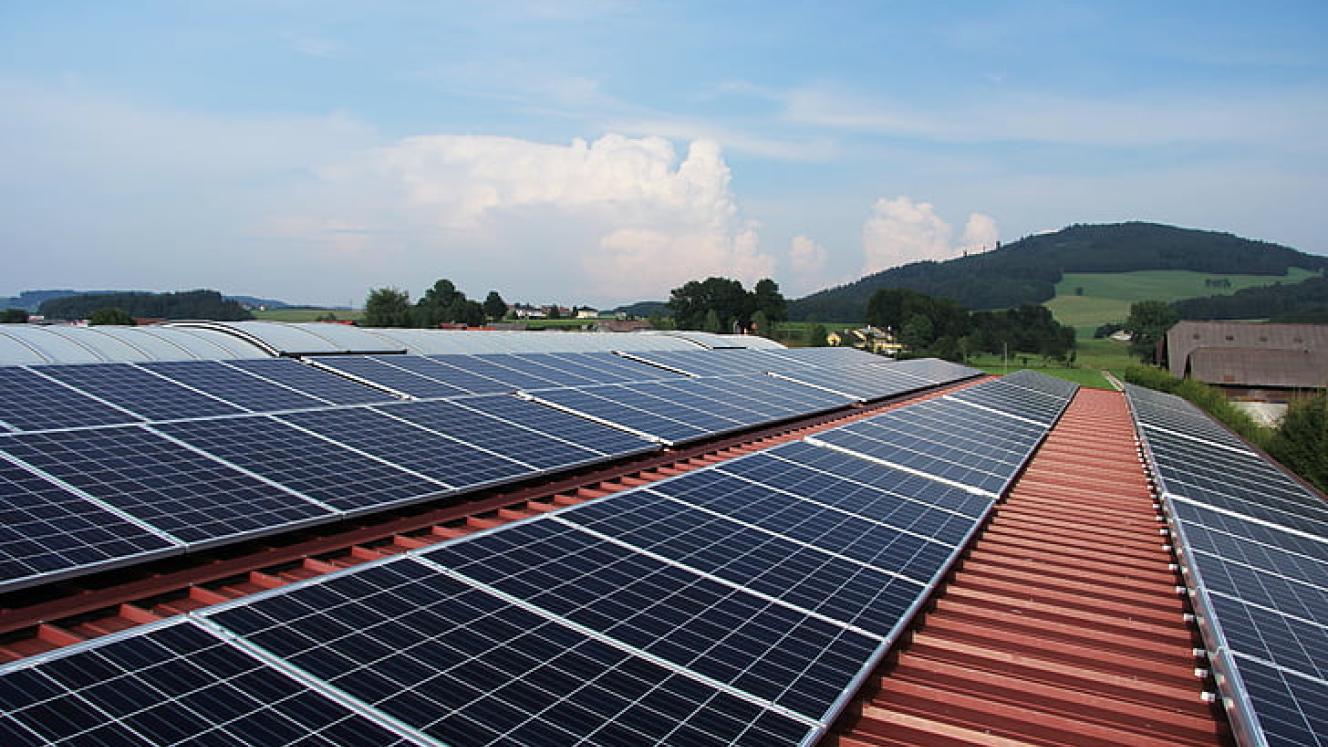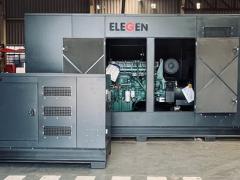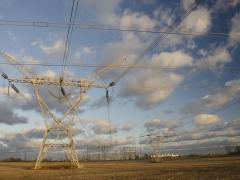The Association of Municipal Electricity Utilities of Southern Africa (AMEU) has issued a detailed position paper highlighting significant safety compliance gaps in low-voltage small-scale embedded generation (SSEG) installations of up to 1 MVA, warning municipalities that current practices may expose them to legal liability and undermine public safety.
The paper notes that rapid growth in rooftop PV and other embedded generation has outpaced the development of consistent safety standards, leaving municipalities, installers and customers with unclear guidance on compliance, particularly around competency, testing, commissioning and documentation.
According to the AMEU, municipalities, as licensed electricity distributors, carry an explicit obligation under the Occupational Health and Safety (OHS) Act not to connect any installation that fails to comply with the Act and associated regulations. This includes SANS 10142-1 for low-voltage wiring, SANS 10142-2 for larger installations and relevant Grid Code requirements applicable to systems up to 1 MVA.
However, the organisation warns that compliance cannot be reliably demonstrated under current conditions because:
- No registered person is currently authorised to sign a certificate of compliance (CoC) for SSEG generation, integration and synchronisation as SANS 10142-1 does not include these requirements.
- The dedicated standard SANS 10142-1-2, which was intended to address these gaps, was withdrawn by the SABS in 2022 and has not been reinstated.
- The absence of a standardised test report for SSEG commissioning creates inconsistencies and potential safety risks.
- Municipalities may be accepting CoCs from installers who lack the legally required competency to assess SSEG systems, which can create significant liability in the event of an incident.
The AMEU emphasises that municipalities cannot assume responsibility for verifying compliance on behalf of installers or SSEG owners. Instead they must ensure that all documentation proving compliance – including wiring, inverter integration, protection settings and synchronisation – is in place before issuing connection permission.
The paper further highlights safety-critical technical requirements in the NRS 097-2 series and the Grid Code for Category A generators, including power quality limits and control functions such as ramp rate constraints and production limits.
To address the compliance gap, the AMEU recommends:
- Mandatory training and competency testing for registered persons performing SSEG commissioning.
- Development of a standardised SSEG test report led by AMEU and industry stakeholders until the Department of Employment and Labour assumes responsibility.
- Strengthened municipal enforcement, including inspections and verification of installer competence.
- Public awareness campaigns to reinforce the importance of proper CoCs and safety compliance.
While individual municipalities may adopt their own positions, AMEU stresses that safety is a non-negotiable obligation under the OHS Act and that the current regulatory gap requires urgent attention to prevent injury, equipment damage or grid instability.













